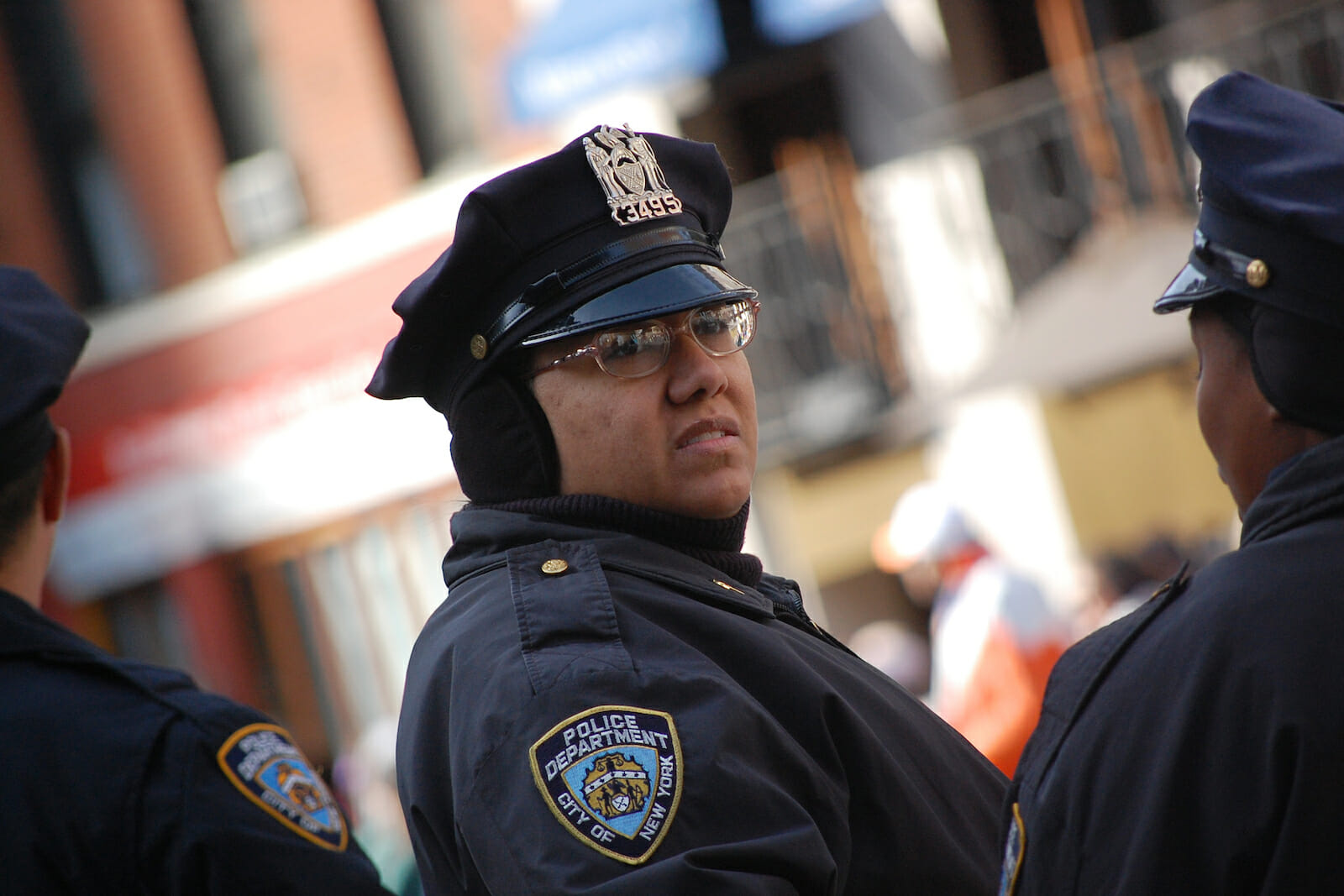
Community Outreach Key to Fighting Crime in 2017 and Beyond
In the aftermath of the Michael Brown and the Ferguson shootings and a slew of others, former President Obama put together a task force for police oversight and community reporting of law enforcement called the Task Force on 21st Century Policing. It created a new office called Community Oriented Policing Services, a branch of the Justice Department. A number of cities have served as the prototypes, and the data collecting has gone relatively smoothly. However, in the wake of Donald Trump’s election, it remains to be seen what will happen to this new community policing trend.
The task force’s recommendations, which included action suggestions, are organized around six main ‘pillars’: building trust and legitimacy; policy and oversight; technology and social media; community policing and crime reduction; officer training and education; and officer safety and wellness. The goal of these actions is to help integrate law enforcement officers into the community, in order to focus more on prevention and understanding, rather than treatment and prosecution.
This goal is only reached after taking a few initial steps, according to Portland State University: “The first step comes in understanding the context around crime and punishment at the local level. The second step comes in implementing changes through policies and procedures to cultivate stronger relationships between communities and law enforcement and other criminal justice agencies.”
The eventual goal of all this relationship-building is for law enforcement officers to become a part of the community they patrol, in order to build up enough trust and familiarity to encourage neighborhood residents to do the right thing and avoid crime-related activities, altogether. A large part of community policing involves identifying potential problems before they take root and changing perceptions of law enforcement—like officers hanging out with communities and doing non-policing activities such as BBQ patty flipping and basketball.
This focus on relationships is part of the reason why counselors can also play a role in crime prevention. For example, if an individual has been perceived as a risk to themselves or others, school or community counselor may step in to evaluate what’s called their “threat assessment,” consisting of a three-part process: identification, evaluation, and intervention. Part of what counselors do when working with individuals is known as “wraparound intervention,” which can involve a number of possible factors: counseling, in-home tutoring, help with pursuing personal interests, and “knock-and-talk” interviews—which let the person know that authorities are watching which often serves as a sufficient deterrent in and of themselves.
Law professor Kami Chavis has written about the problematic aspects of the Department of Justice’s (DOJ) “pattern or practice” policy, which states that the DOJ may file a lawsuit when there is reason to believe a person has engaged in a “pattern or practice” of discrimination or has engaged in discrimination against a group of persons that raises an issue of “general public importance.” One issue with this policy is that the level of enforcement varies depending on the political administration in power—the current President having campaigned as a “law and order” candidate. Many of Trump’s rallies were racially charged, to say the least, which doesn’t bode well for enforcing “pattern or practice” policies.
According to the Harvard Law Review, better policing at the community level can, in fact, reduce mass incarceration and improve law enforcement legitimacy—as long as it’s done in a way that maximizes the community’s role in creating meaningful relationships and implementing preventative strategies. Following a “focused deterrence” model, for example, involves warning high-risk people such as gang members of the law enforcement consequences associated with continued violent behavior and advising them to take advantage of community-based social services and work-based opportunities.
There have also been some promising results using what’s called “predictive policing,” but racial justice organizations caution against relying on it too heavily: “They argue that predictive policing perpetuates racial prejudice in a dangerous new way, by shrouding it in the legitimacy accorded by science.” The specific geographic areas are determined using maps showing locations where crime is likely to occur, based on algorithms developed by scientists from Carnegie Mellon University. The most effective approach might consist of a combination of predictive policing and community-focused strategies that aim to build community, rather than merely generate a list of potential offenders. These two approaches, plus police oversight and accountability, make for a potent combination of preventative measures. More police accountability needs to be incorporated in order for law enforcement officials to become more aware of the consequences of their actions.
Campaign Zero is an agenda and set of guidelines—recently created due to the new “law and order” president and administration—that communities can follow in order to reduce police violence and incarceration. It’s especially crucial that oversight is conducted by independent, civilian-led groups who are able to be impartial and fair in their assessments—especially since internal accountability efforts have historically proven to be relatively ineffective. This is not to say that police officers shouldn’t have someone to hold them accountable from within their own departments; it’s just that independent, external observers are better able to remain impartial and unbiased in their critiques. A Frontline article reminds us, however, that oversight committees need oversight, as well—lest we forget.
